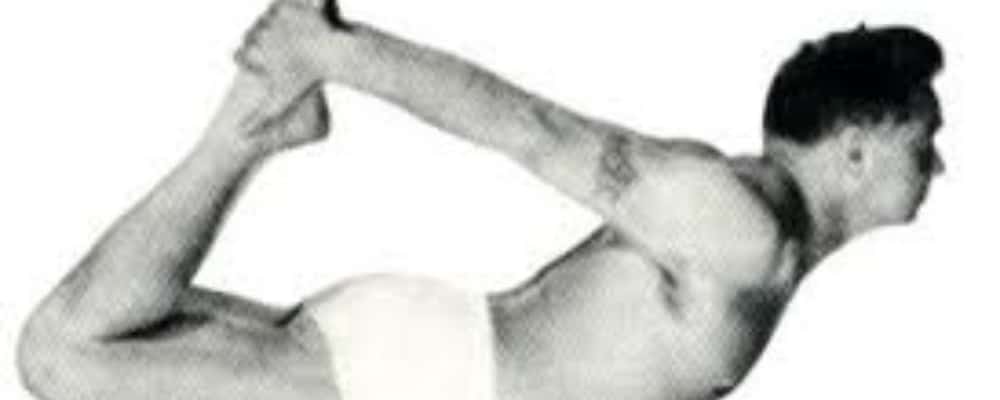The Shape of All Things Pilates

The exercises of the Pilates Method are all interconnected. We have one exercise, or main theme, and countless variations to challenge the body.
The shape is made by the trunk of the body, the center. That’s where everything should be going on, right?
Utilizing these shapes as a guide can help to ignite the center and enable you to work more efficiently.
All of Joe’s exercises fall into one of 5 body shapes:
- Tall Back: includes such exercises as Going Up Front on the Electric Chair, The Star on the Reformer and Leg Springs on the Cadillac (the Tall Back lying down)
- Round: includes The Roll Up, Roll Over and all the Rolling exercises
- Arched Back: Swan, High Bridge, Rocking on the Mat
- Side Bend: Side Bend on the Short Box, Side Bend on the Mat, Side Sit Ups on the Ladder Barrel
- Twist: Spine Twist on the Mat, Twist on the Short Box, The Standing Twist
When you find the shape of the exercise, for example the Round shape of the Roll Up, it is this same Round shape you will find in every other Round exercise, Roll Like a Ball, Teaser, The Roll Over, etc…
There are of course exercises that are a combination of 2 or 3 of the shapes, for example, The Saw on the Mat (Tall + Twist + Round) and the Snake on the Reformer (Round + Arched)
Welcome to the first of a series of posts on The Shape of All Things Pilates.
1. The Tall Back
The word ‘Tall’ was carefully chosen as ‘tall’ implies the journey necessary to get there. One must strive to be ever taller. The words ‘flat’ or ‘straight’ may be misleading or even controversial to some, but we can all agree on working our muscles to be a long Tall Back shape just like Joe in the first illustration at the right – the first shape of Spine Stretch Forward.
I find this shape to be deceptively challenging. Just sit up, right?
What about the Tall Back when lying down for Leg Springs or Arm Springs on the Cadillac? Here you can feel the mat beneath you and determine if you are indeed Tall…
Joseph Pilates explains in his 1934 Reader’s Digest article:
1.Up Against the Wall
Sit with your back against the wall. Use the wall as a guide when you roll up in the Spine Stretch Forward exercise on the Mat. What parts of the back are not along the wall? The back of the ribcage? The lower back? Does your tailbone point down to the mat or out behind you? Just notice.
See if you can roll up to find a taller shape with each repetition.
2. Tall Back, Meet the Long Back
Explore the Tall Back lying down. One of my favorite exercises to find this shape is in the One Leg Circle on the Mat. The primary objective in the exercise is to anchor the back into a tall lengthened position that remains solid as one leg circles. It is especially effective if your mat is equipped with strap and handles that will assist you by providing resistance.
3. Mirror Mirror on the Wall, Who’s the Tallest of them all?
Even without the wall behind you or in a non-lying down exercise, why not check out your shape in the mirror? You know you want to 🙂 Our perception of what is a tall long line can often be different than what actually goes on in our body. The mirror tells no lie. And teachers, you can be just as ruthless with yourself as you are with your students. What fun!
Leave a comment below and share your favorite Tall Back exercise with us.
Next time we will discuss the Round shape – this one includes some fun with the rolling exercises and some angst as well with the Neck Pull 🙂
Tags: Pilates, Jay Grimes, Vintage Pilates, Body Shapes, Tall Back

Barbara Treves
Member since 2013
This is great Karen & Sandy – breaking down the Pilates series into the 5 basic shapes is very helpful. Thanks for your dedication to keeping the work as originally conceived alive and well!
Posted August 30, 2013 |
Andrea Maida
Member since 2012
I agree Barbara – thanks for sharing your comment 🙂
Posted August 30, 2013 |